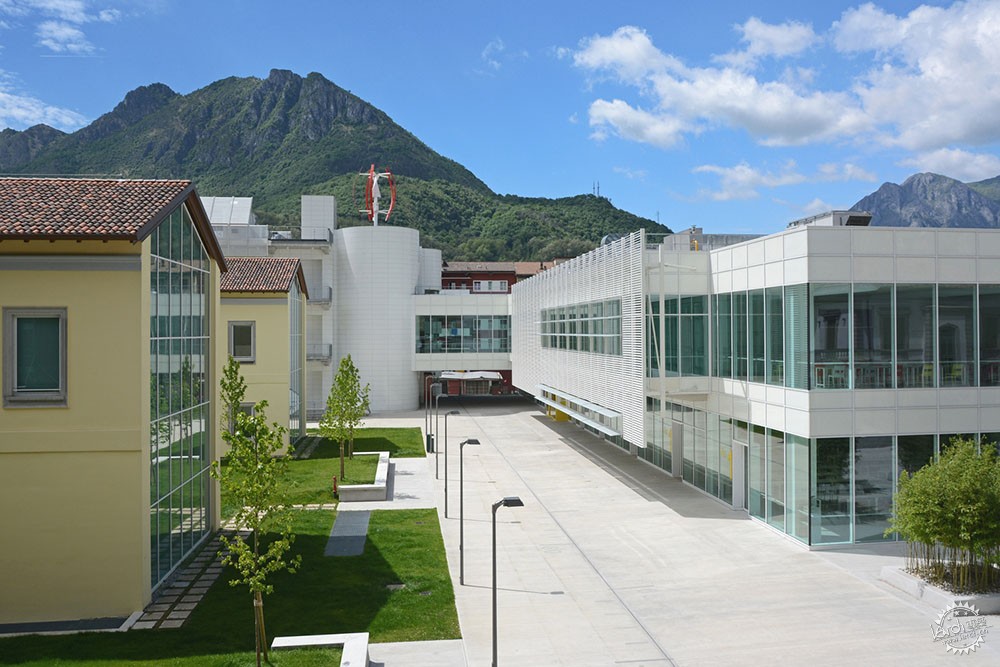
米兰理工大学
Polytechnic University of Milan / Paolo Bodega Architettura
由专筑网小R编译
来自建筑事务所的描述:该项目位于意大利米兰的一座安静的小镇南部地区,该区域和Antonio Ghislanzoni大街相交,整个空间构成了不同的功能区,东北侧毗邻铁路,是市场空间和全新的绿地空间,而在西南侧则有着废弃的医院,这里是大学的全新设施场地。项目的设计方案有着较低的建筑能耗,满足客户的需求。
Text description provided by the architects. Development of the new University Center in the southern part of the city of Lecco is an evolution of the preliminary project prepared by the Polytechnic University of Milan and is the winner of a tender. The area is crossed by Antonio Ghislanzoni street, which divides the space into different destinations: to the north-east, adjacent to the railway line, are the market space and the new green spaces; to the south-west, overlapping with the area of the old disused hospital, is the new university facilities site. The project offers solutions with a low architectural and energy impact, thus completely fulfilling the client's requirements.


该项目是以大学中心的真实需求为基础,建筑和城市构成了一定的相互关系,同时也给城市的功能带来补充,从而满足双方的互利,因此,项目的规划需要超越以往的模式,构成结构体系,让自己成为城市的重要组成部分。建筑师规划了两条流线,和穿过这个地区的两条主要人行道相重合,Ghislanzoni街将学校空间和城市公园连接在一起,而另一条道路则保持垂直,将场地人行道和学术及公共设施连接起来。
The project is based on the need to create a university center that would guarantee a synergistic-osmotic relationship with the city of Lecco while identifying and offering services currently unavailable in the city that could be shared for the common benefit. The program, therefore, offers to surpass a model of a Center or a Campus and rather create a structure that would become an integral part of the Lecco urban fabric. Two routes are envisaged for the intervention, which coincides with the two main pedestrian walkways through the area: Ghislanzoni street will allow the direct link of the university open spaces to the new urban park, while the second walkway, perpendicular to the latter and within the area, will connect the academic facilities to the public ones.
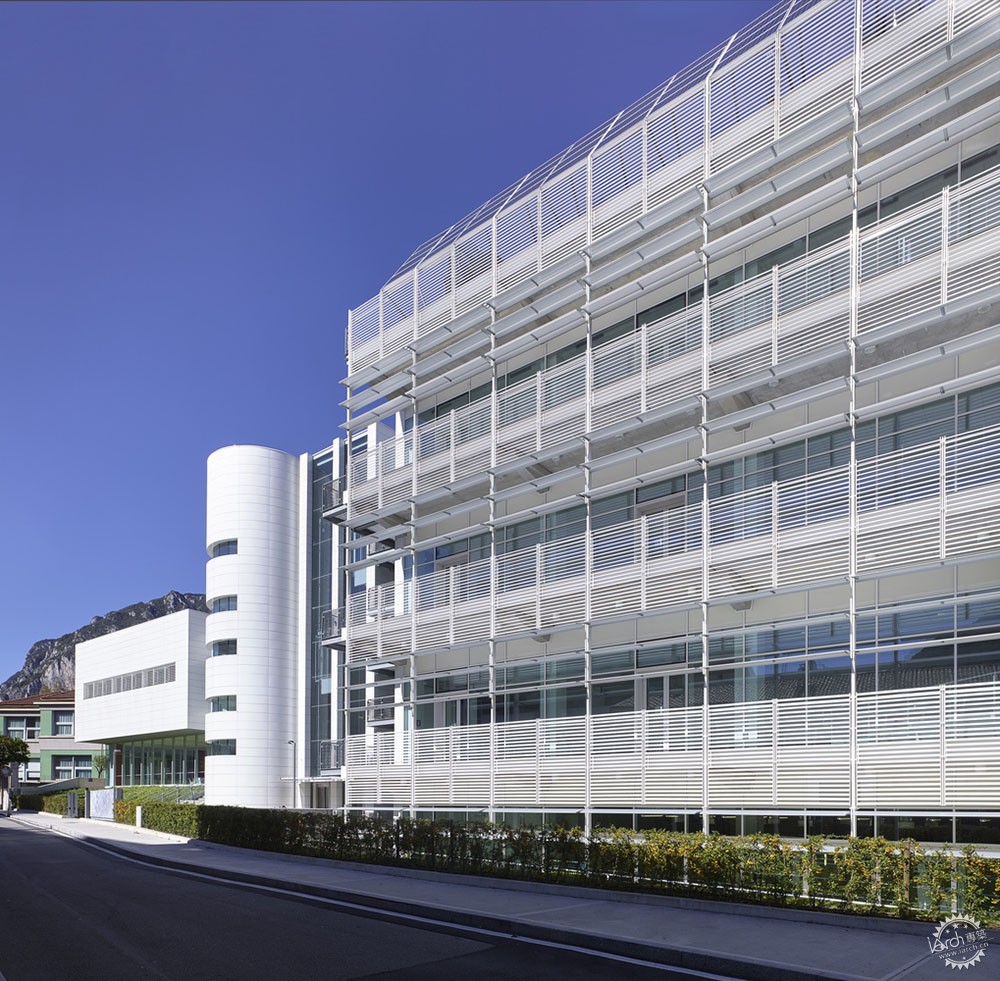
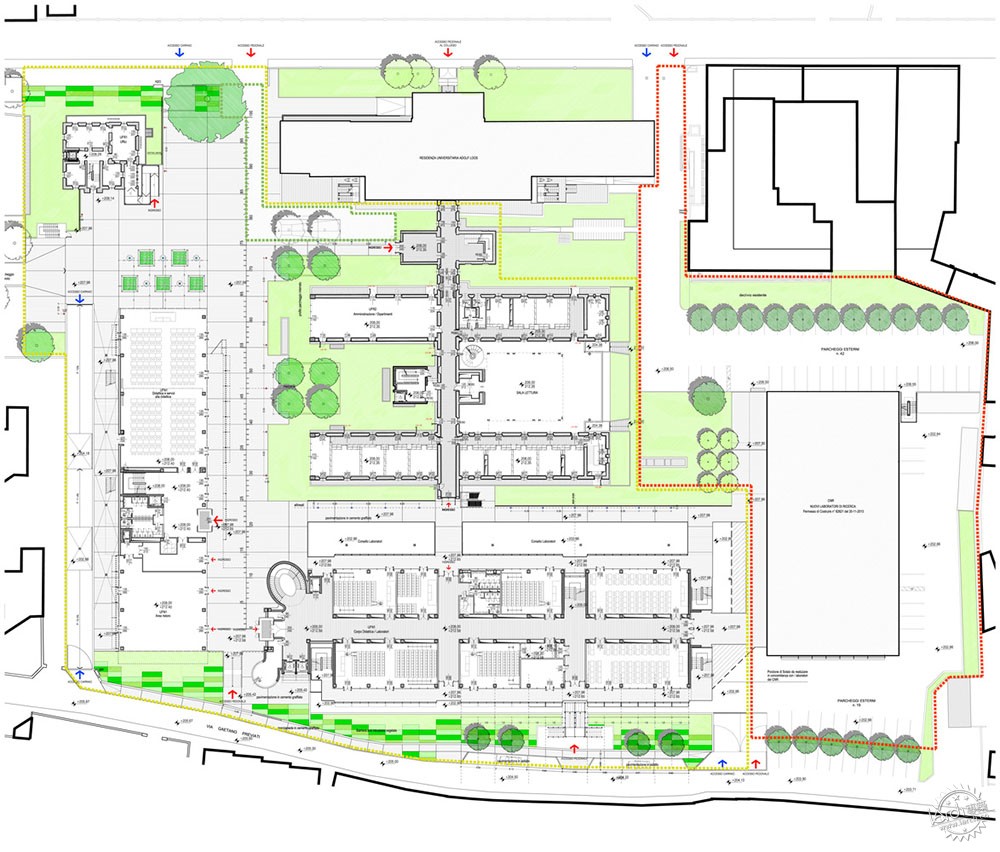
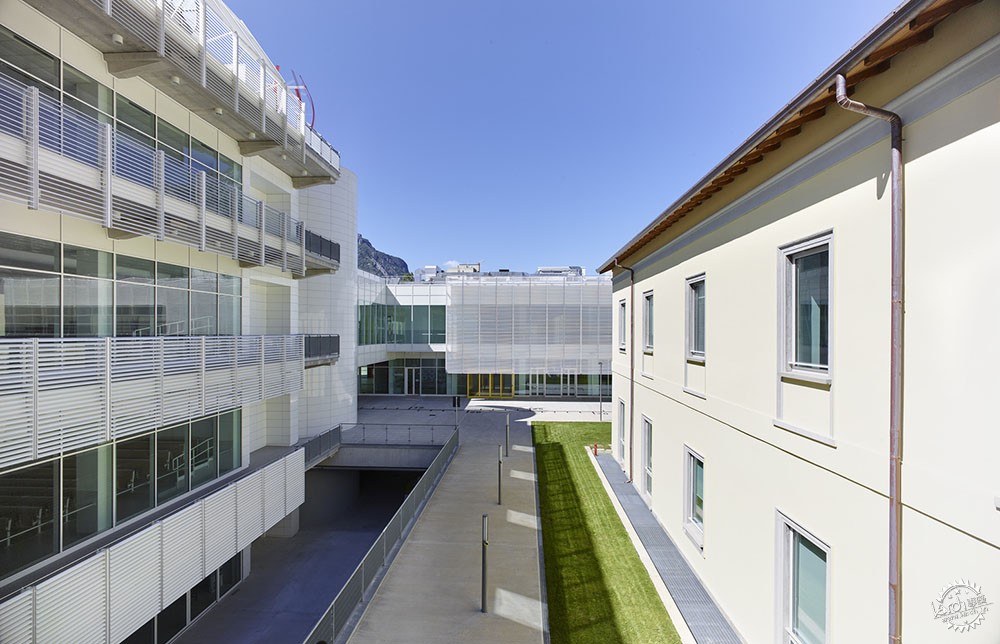
建筑面积约为17000平方米,可以容纳2000名学生,其中的新建筑包含有教室和实验室,另外还有两座经过翻新的老建筑,构成典型的鱼骨状布局,这也是医院建筑的经典排布方式,因为需要容纳护理单元和诊室。城市中的项目场地有着开放的特质,同时也能够促进科学的发展,来往的人们看着理工大学的窗户,建筑似乎强调着花园和世界的联系。轻盈、通透、明亮是这座建筑的特征,也是文化和创新精神的象征,其材料和色彩与场地的历史密切联系。
Sized to house 2,000 students in approximately 17,000 sq.m. of floor space, it comprises a New Building containing classrooms and laboratories and two refurbished Historic Buildings with their characteristic ‘fishbone’ arrangement typical for the hospital structures which accommodate offices and departments. Purposefully open and democratic, this place in the middle of the urban fabric has become a generator and promoter of science to those walking past and looking at the Polytechnic windows, that encourage to reprive in the wireless garden connected to the world. The building characterised by qualities such as lightness, transparency, brightness, perspective permeability, it represents a symbol of culture and a spirit of innovation. Its materials and colors are linked to the history of the place and its symbolism.
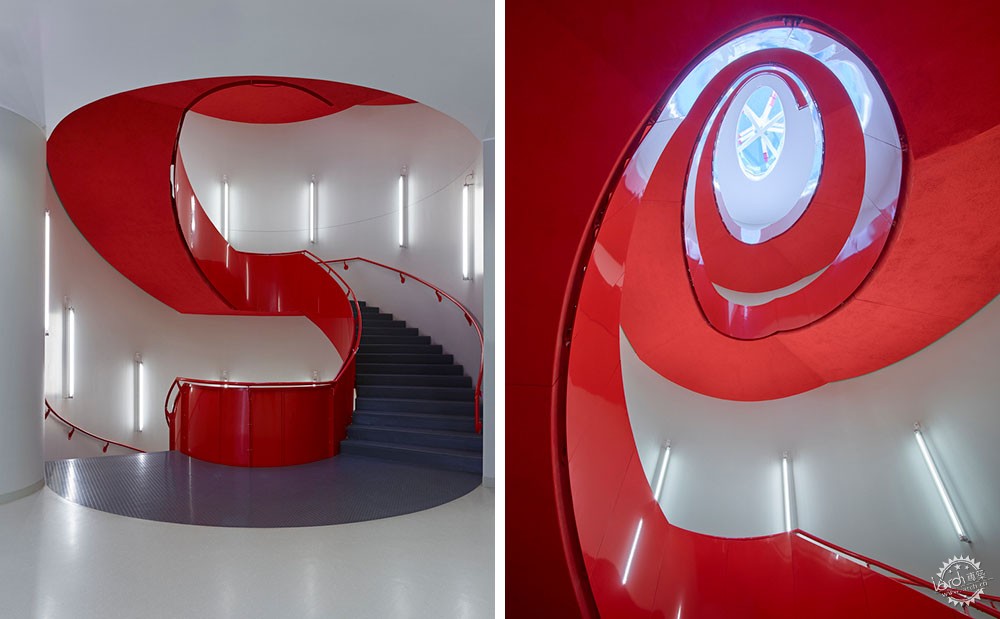

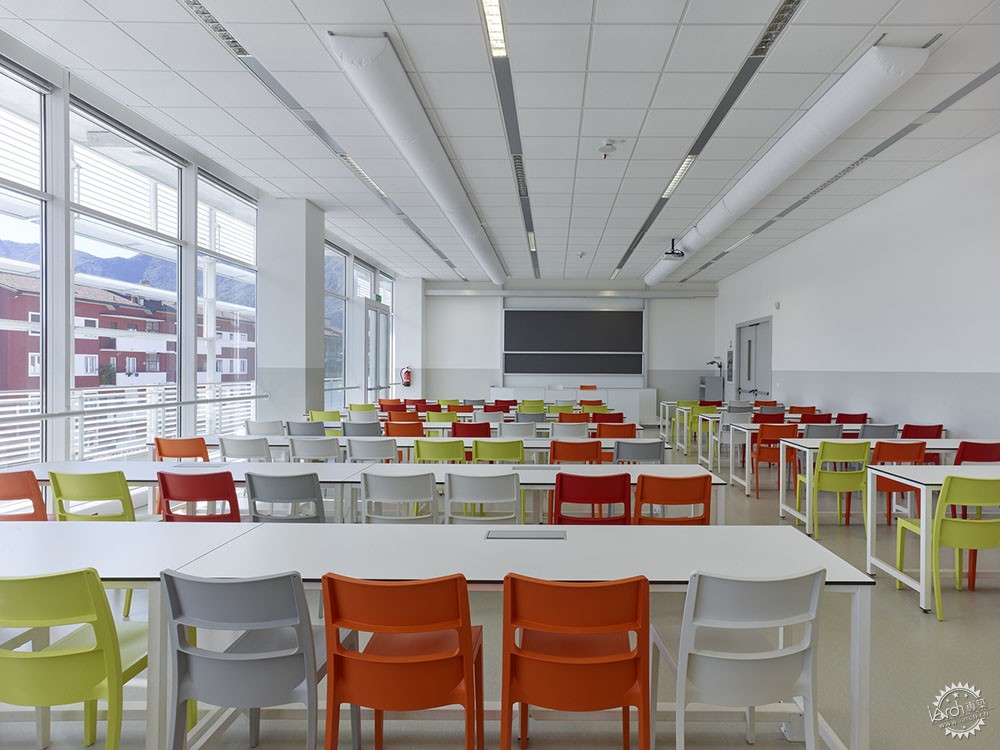
依据可持续原则,建筑师还强调了技术和能源效益,这座建筑由混凝土、铝板、钢材,以及玻璃建造而成,挤压、滤光、光伏元素都应用在预制混凝土构件里,另外还有不同透明度的面板、防晒面板,这样能够更好地控制阳光的辐射。
The importance of the project also lies in technology and energy efficiency according to the principles of eco-sustainability. The new building is entirely composed of modular resistant structures made of concrete and light high-performance elements in aluminum, steel, and glass for the envelopes. Transparent, opaque layers, 12 km of brise-soleil sun breakers, extruded, filtering, and photovoltaic elements are applied over the precast concrete elements and 0.8 km of the dynamic wings for better control of solar radiation.


这座建筑满足B级能耗标准,应用了可再生能源,其中有水、阳光、空气,控制能源的消耗和二氧化碳的排放。其供暖设施采用了模块化热泵系统,还应用了地下水体系,除此之外,建筑师还应用了能产生20千瓦电能的光伏电池板、太阳能集热器,以及垂直风力发电机,这些都位于建筑的顶部。
This building meets the energy class B with local renewable energy sources such as water, sun, air used for control of energy consumption and CO2 emissions. Its heating services work with a modular system of heat pumps that uses groundwaters. There are photovoltaic panels producing 20 kW of electricity, solar thermal collectors producing hot water, and a vertical wind rotor, all placed at the top of the envelopes.
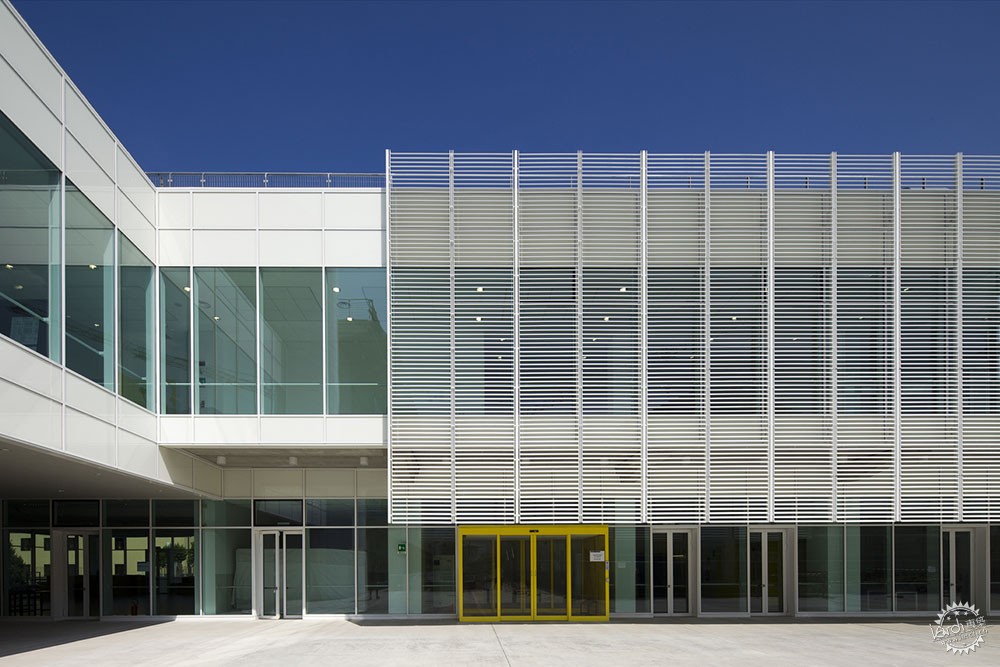


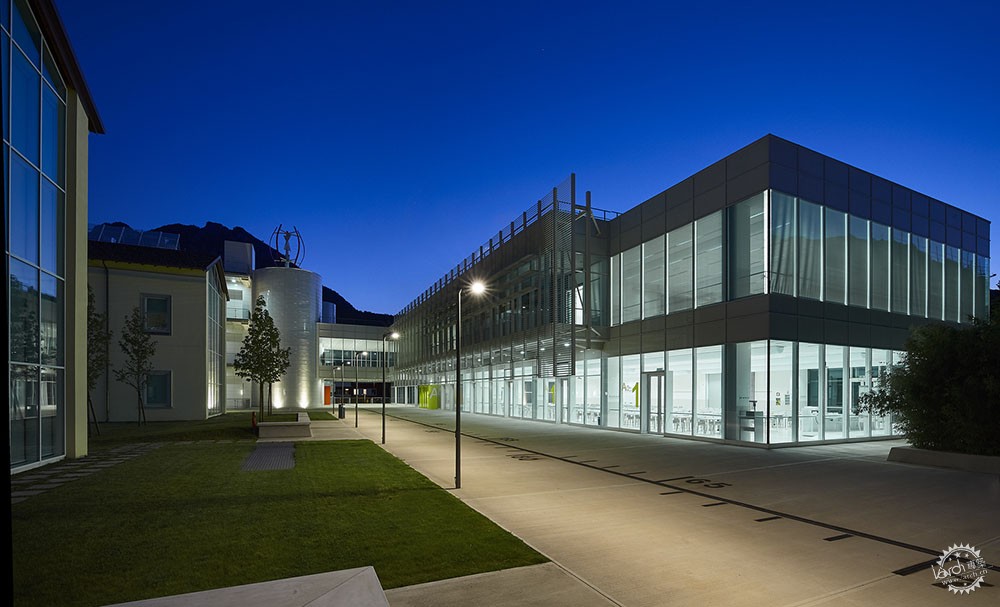
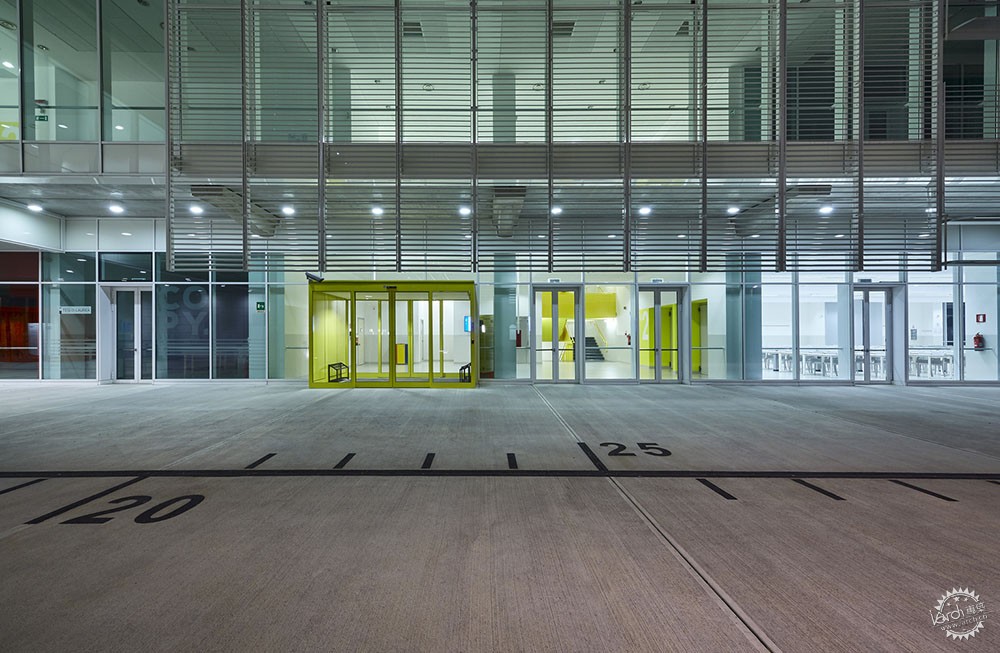


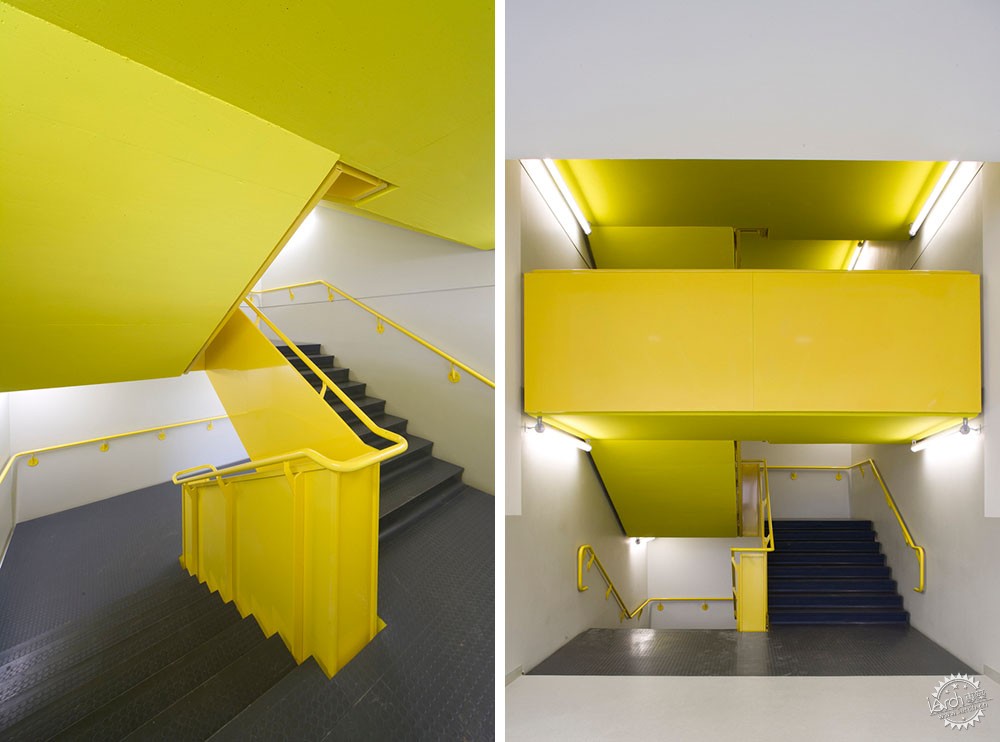

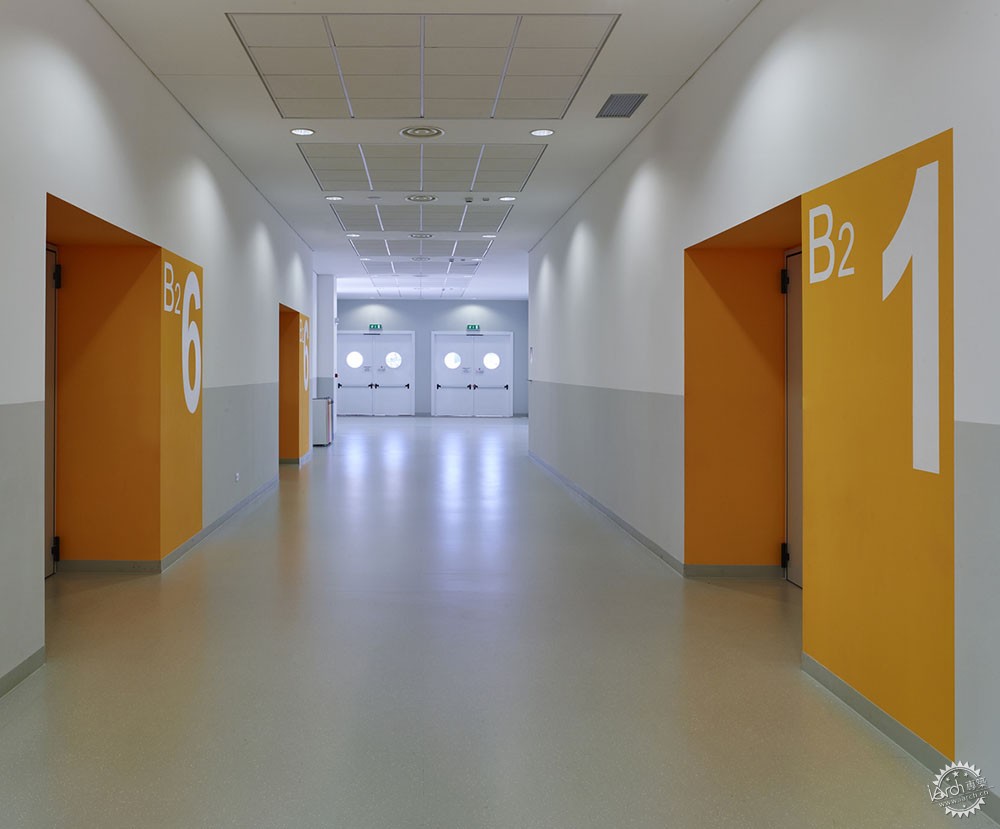
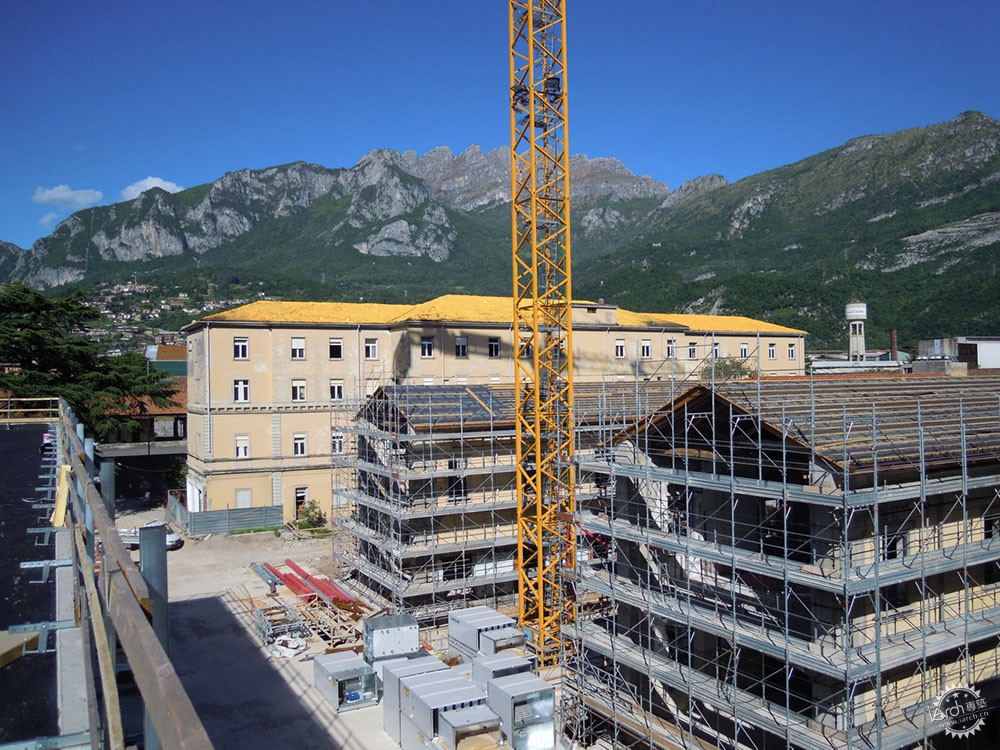
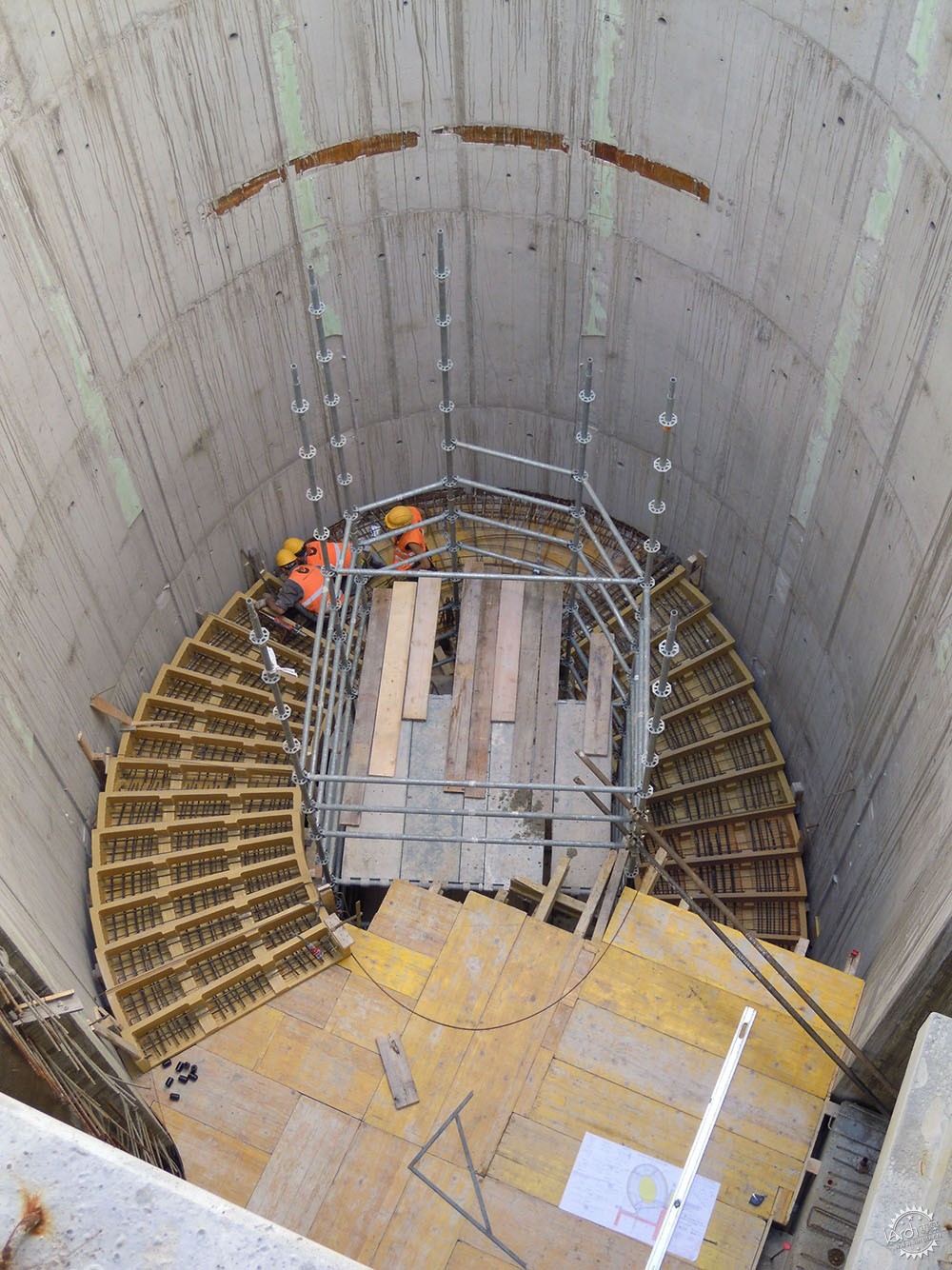
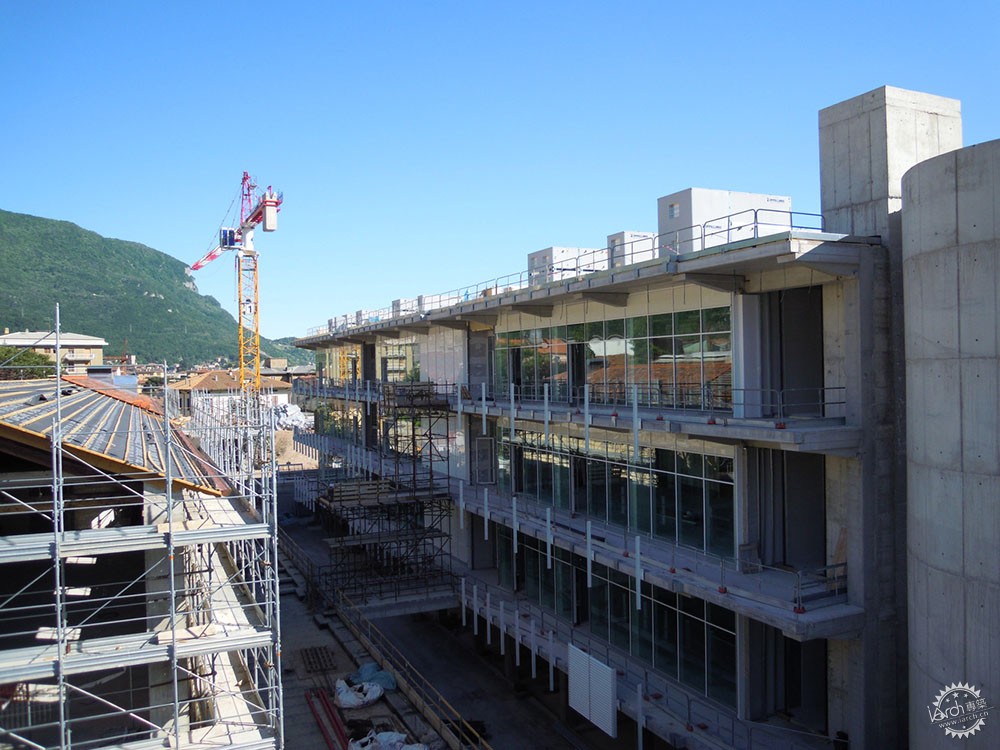


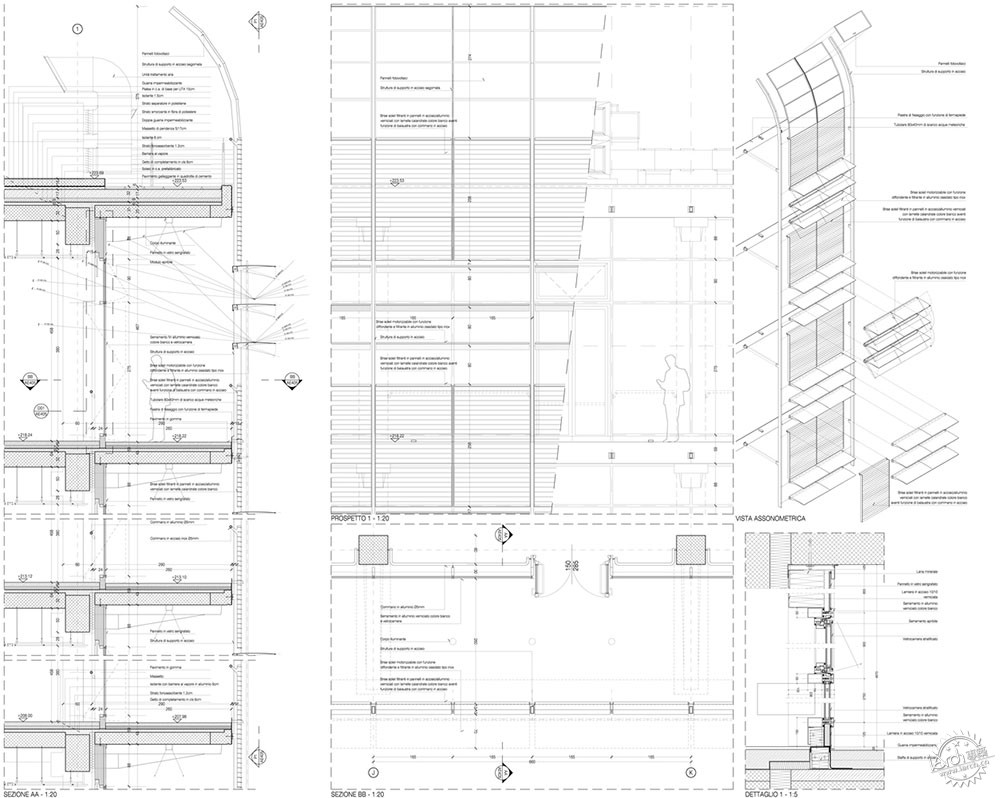
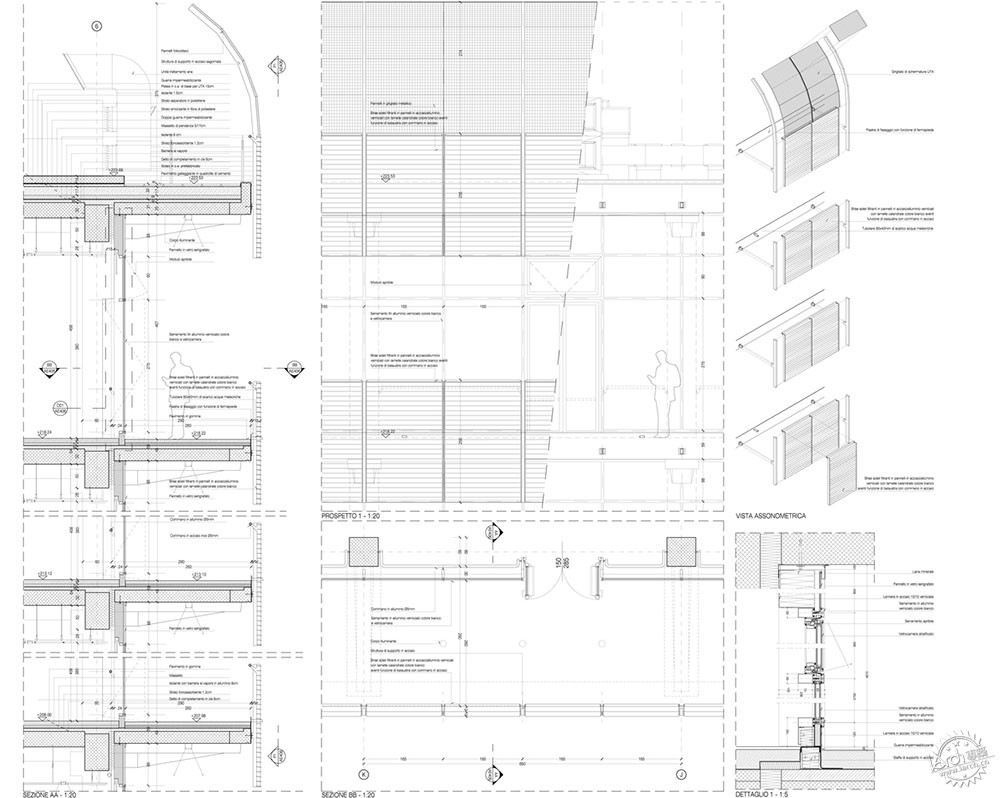



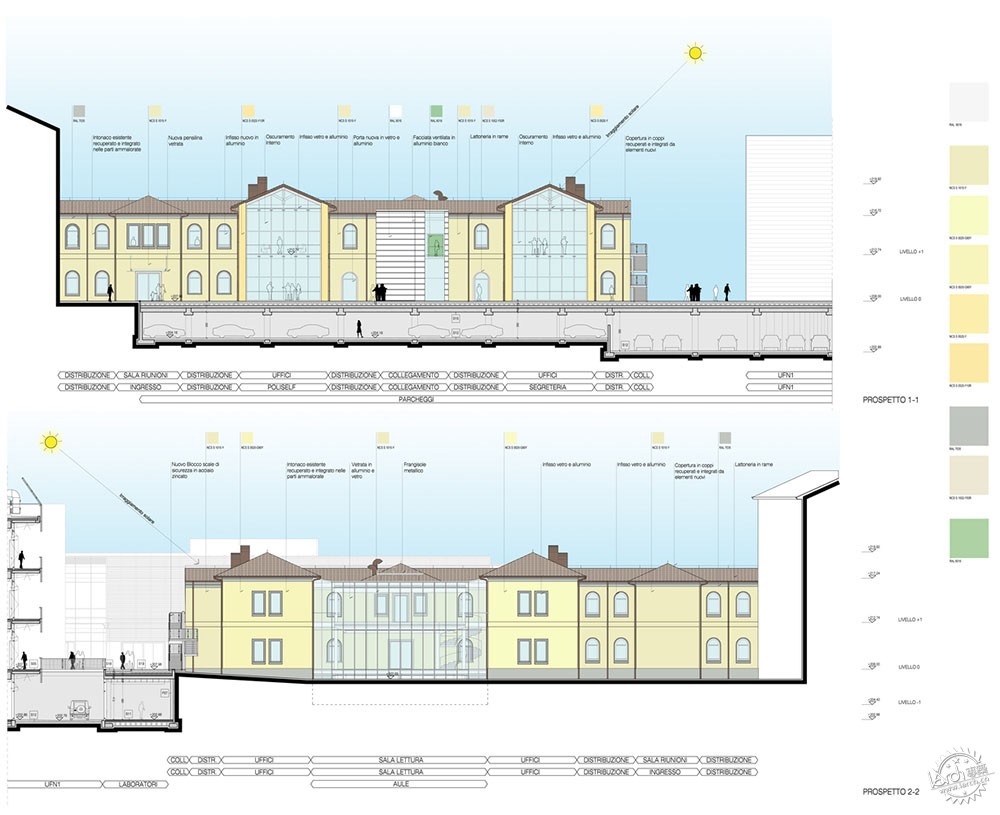
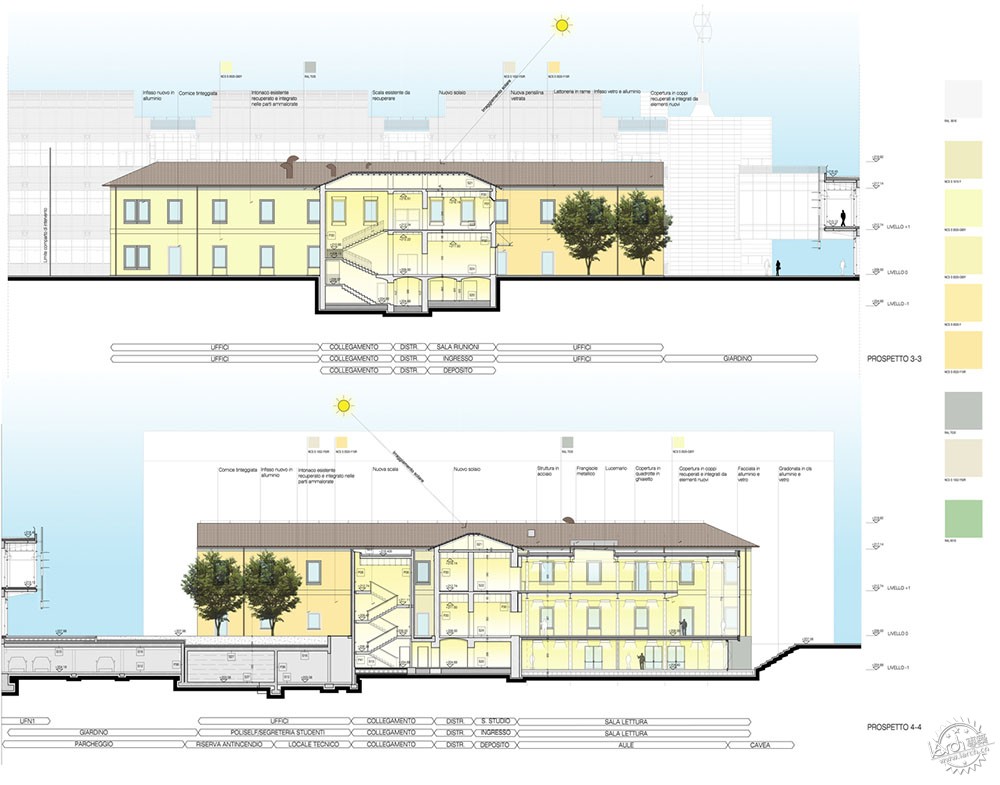
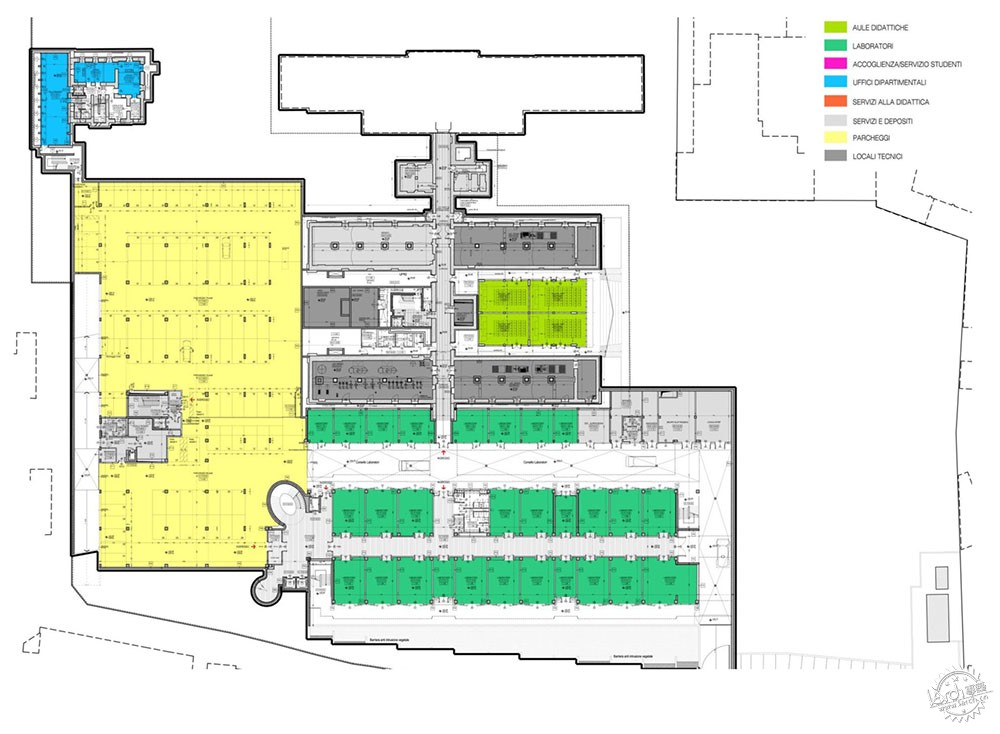
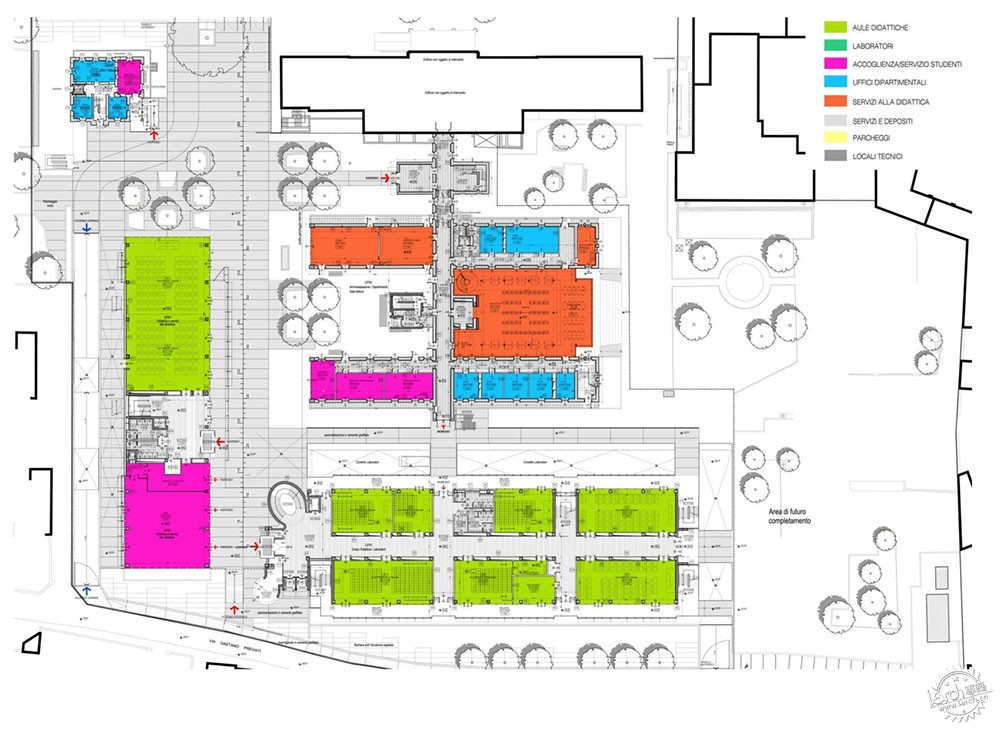
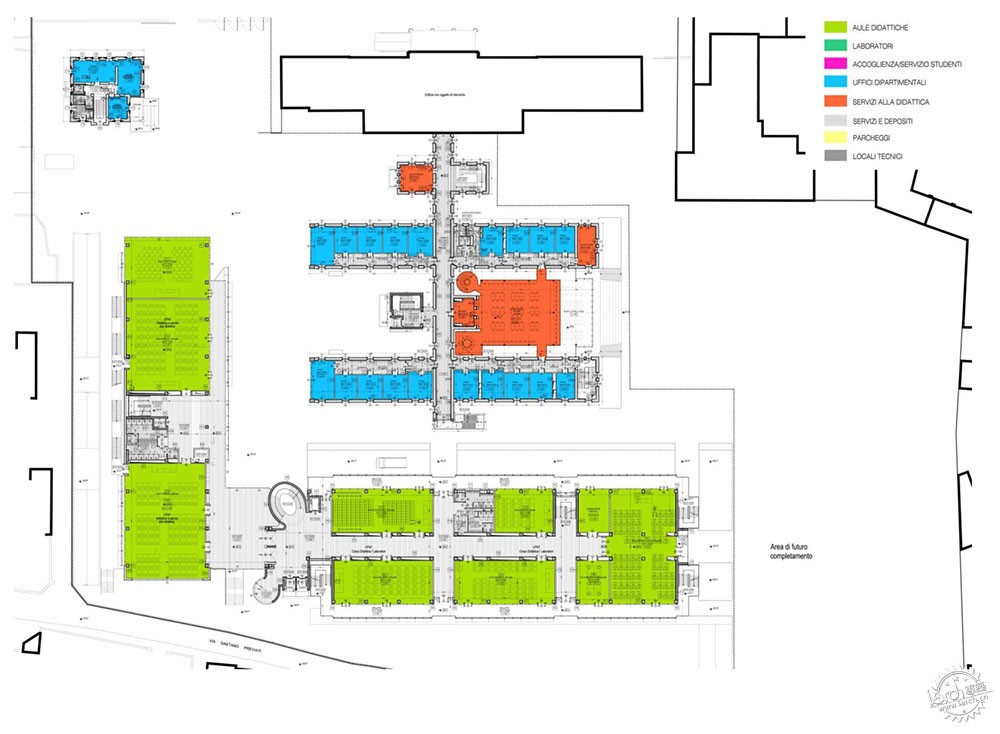
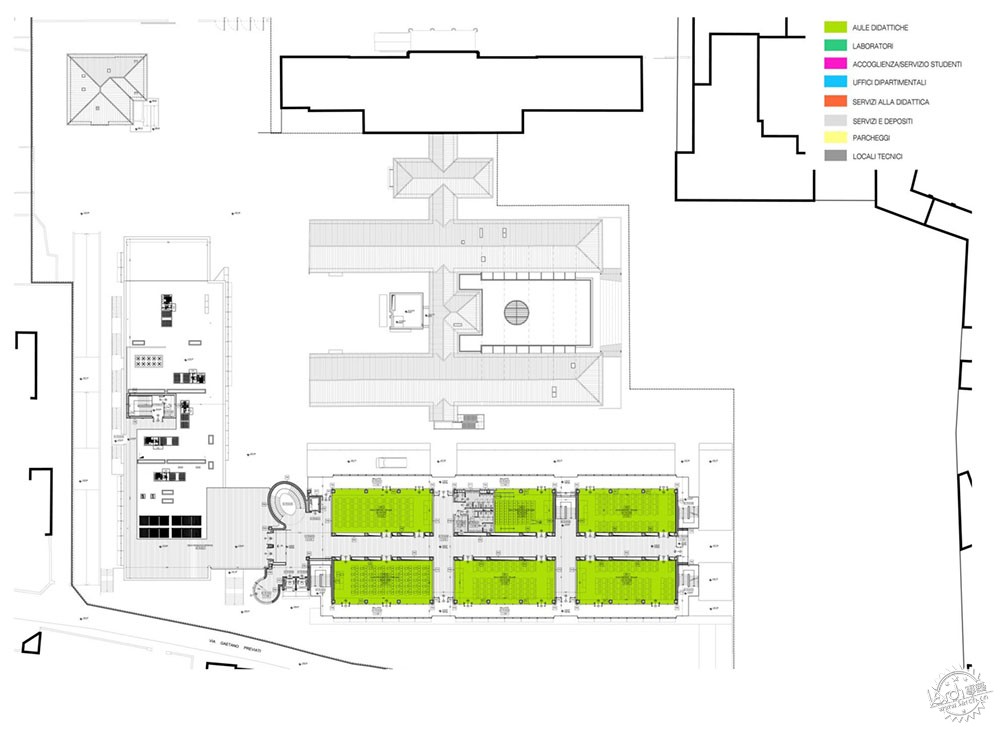
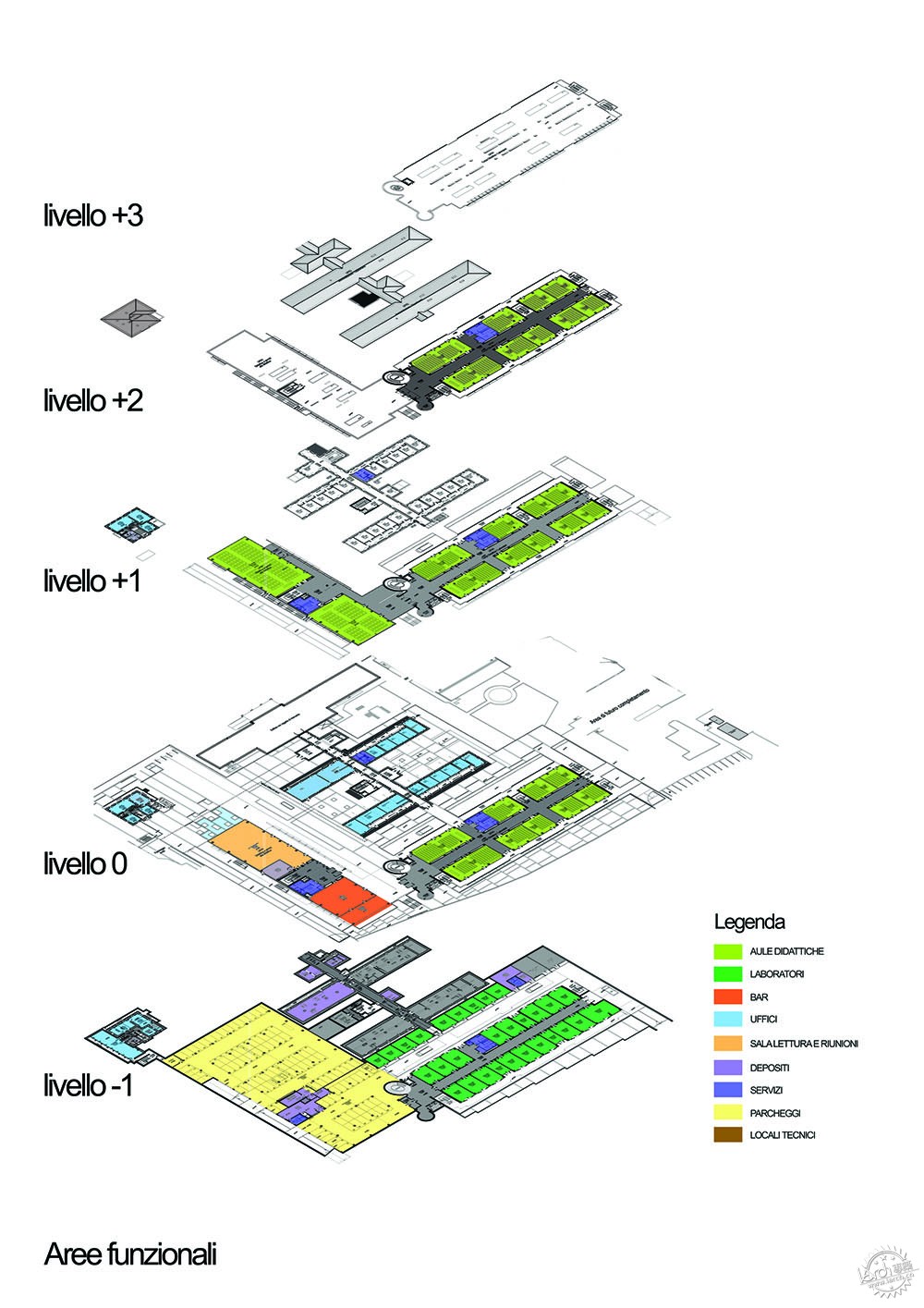
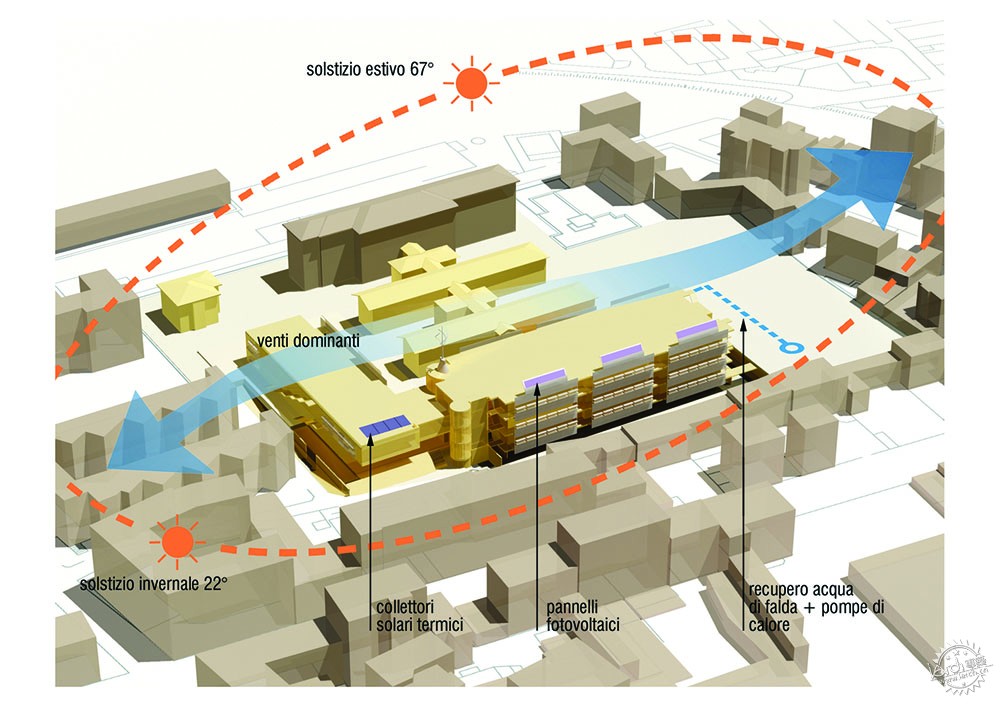
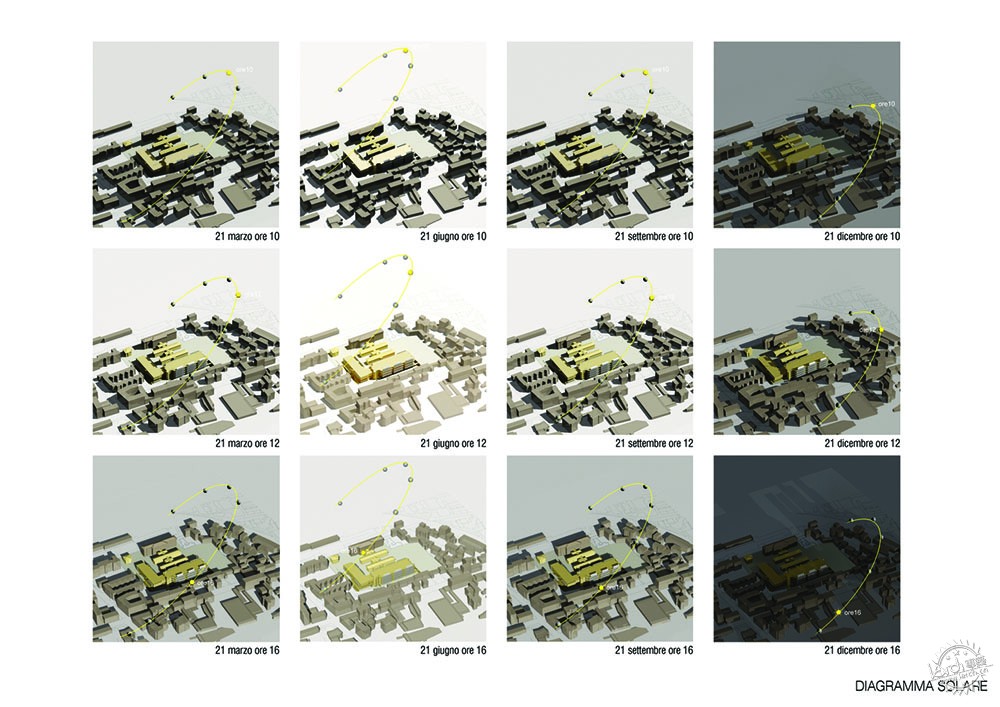
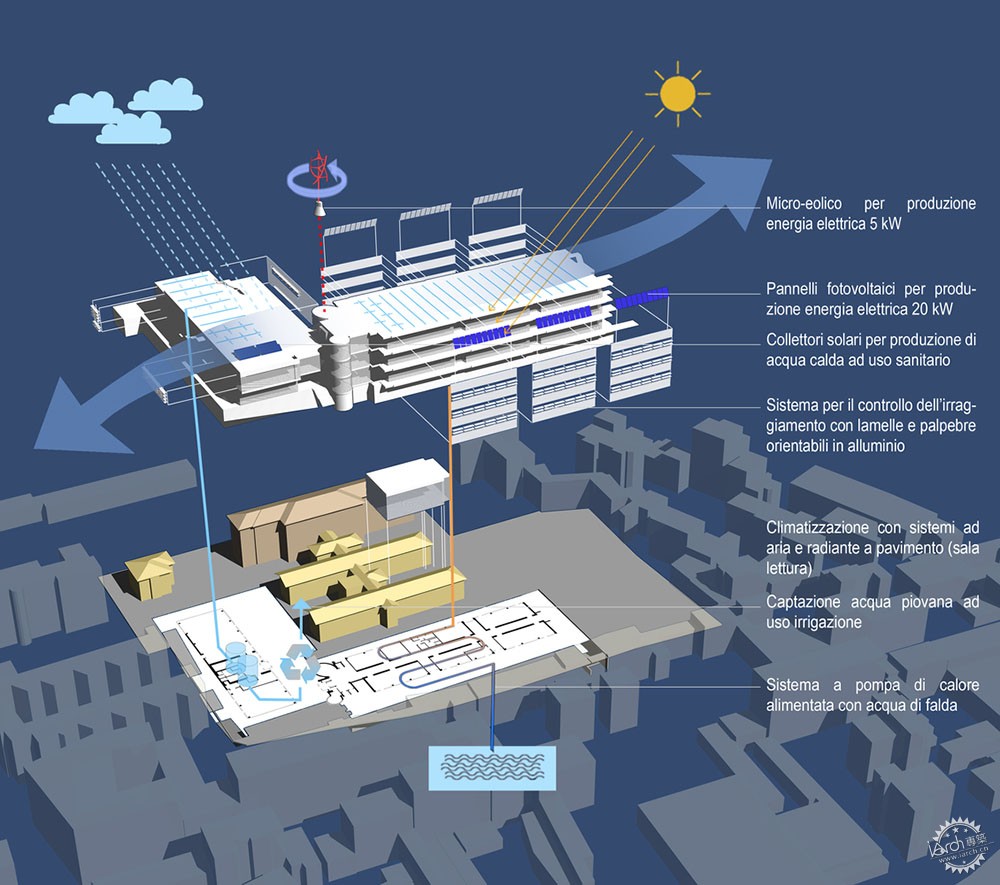
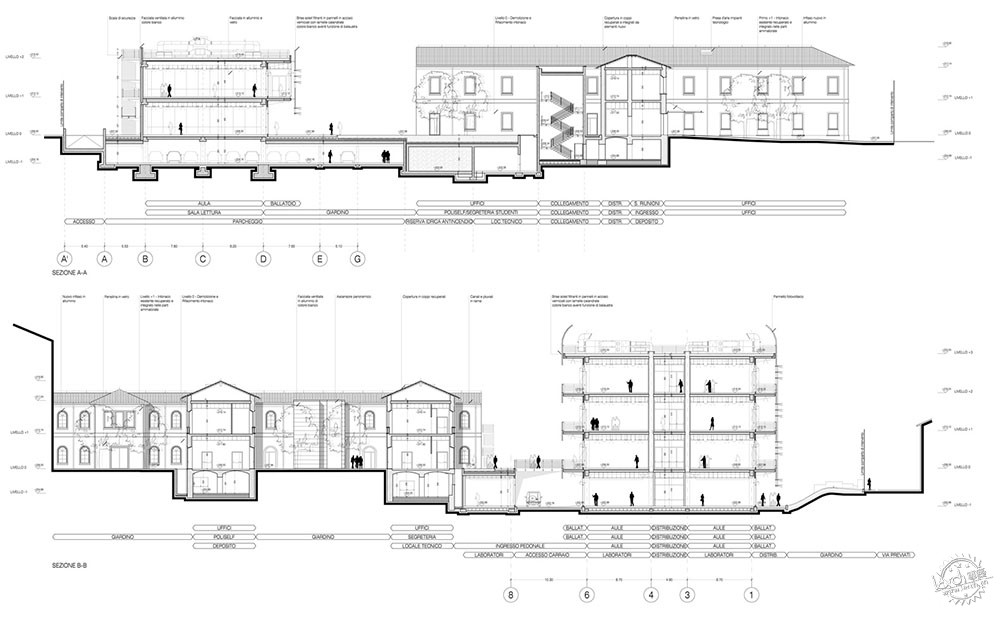
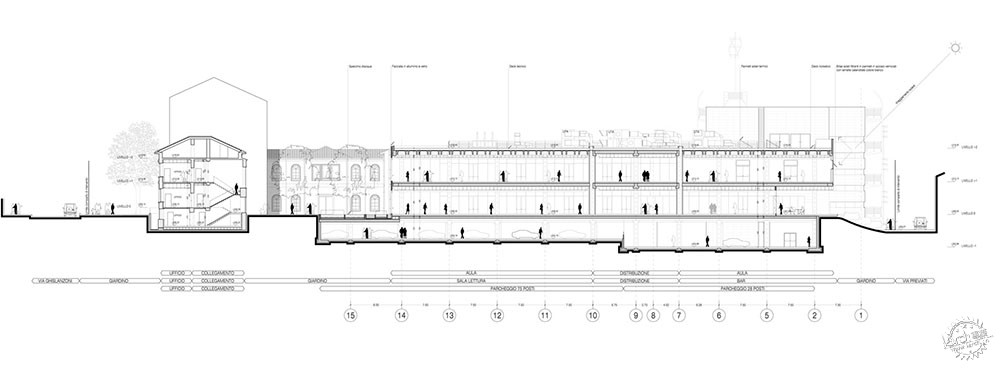
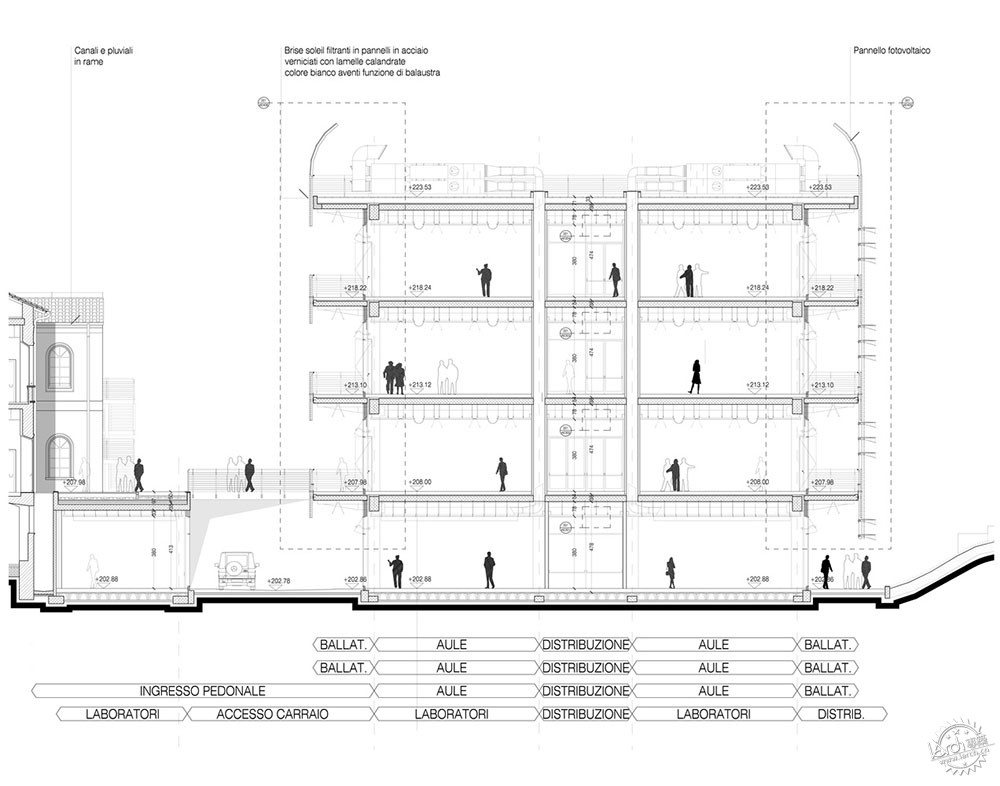
建筑设计:Paolo Bodega Architettura
地点:意大利
类型:大学
面积:16250 m2
时间:2020年
摄影:Beppe Raso
制造商:AutoDesk, Caparol, Knauf, MARAZZI, Mapei, Schüco, iGuzzini, Citterio, Ideallux, KONE, Model System Italy, Nora Floors
设计团队:Paolo Bodega, Luca Castelli, Andrea Bodega, Chiara Airoldi, Marco Mandelli, Michele Stillittano, Takamasa Sugiura
客户:Politecnico di Milano – Company Colombo Costruzioni SPA
结构工程:GAMMA ENGINEERING s.r.l.
平面:TECHNION s.r.l.
景观设计:Lab.01srl + Emilio Trabella
绿色区域:RATS FLORA SAS
声学:BIOBYTE srl
UNIVERSITY
LECCO, ITALY
Architects: Paolo Bodega Architettura
Area: 16250 m2
Year: 2020
Photographs: Beppe Raso
Manufacturers: AutoDesk, Caparol, Knauf, MARAZZI, Mapei, Schüco, iGuzzini, Citterio, Ideallux, KONE, Model System Italy, Nora Floors
Design Team: Paolo Bodega, Luca Castelli, Andrea Bodega, Chiara Airoldi, Marco Mandelli, Michele Stillittano, Takamasa Sugiura
Clients: Politecnico di Milano – Company Colombo Costruzioni SPA
Structural Engineering: GAMMA ENGINEERING s.r.l.
Plans: TECHNION s.r.l.
Landscape: Lab.01srl + Emilio Trabella
Green Areas: RATS FLORA SAS
Acoustics: BIOBYTE srl
|
|
